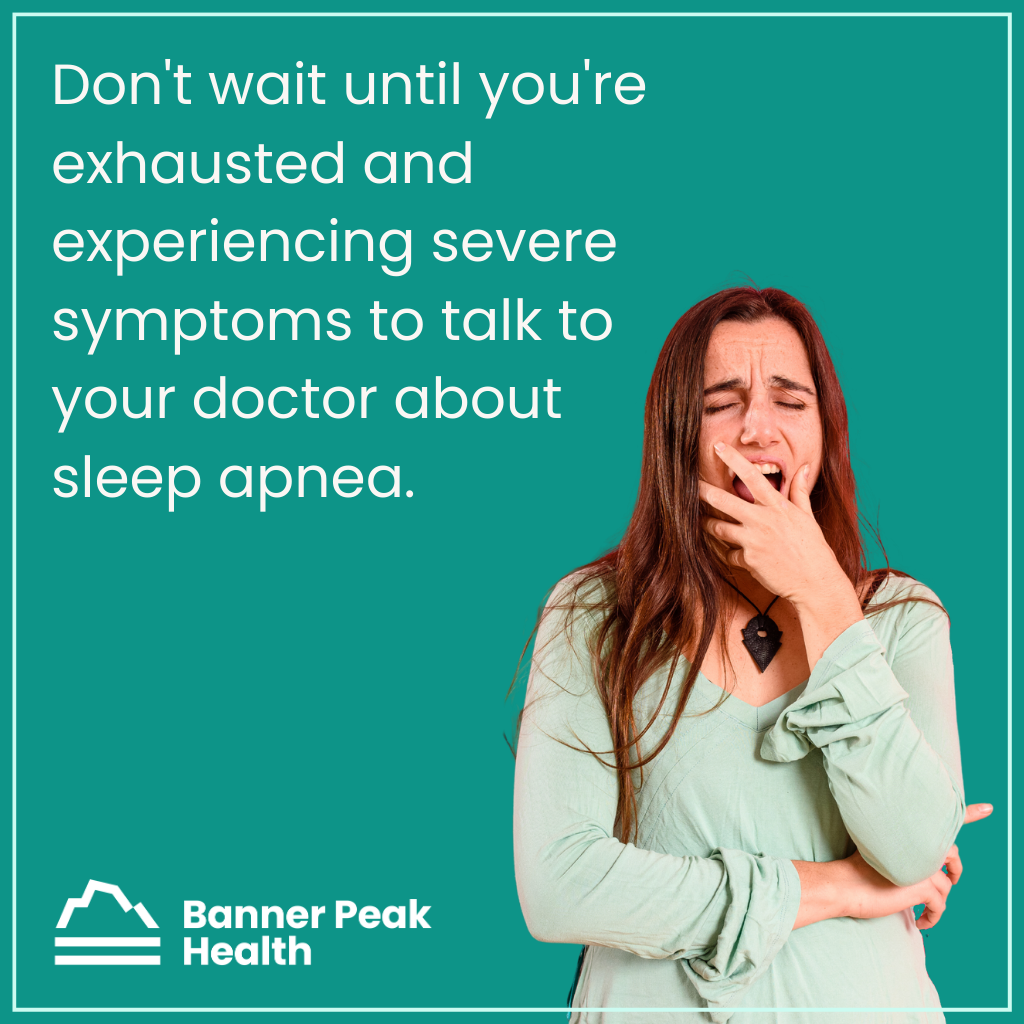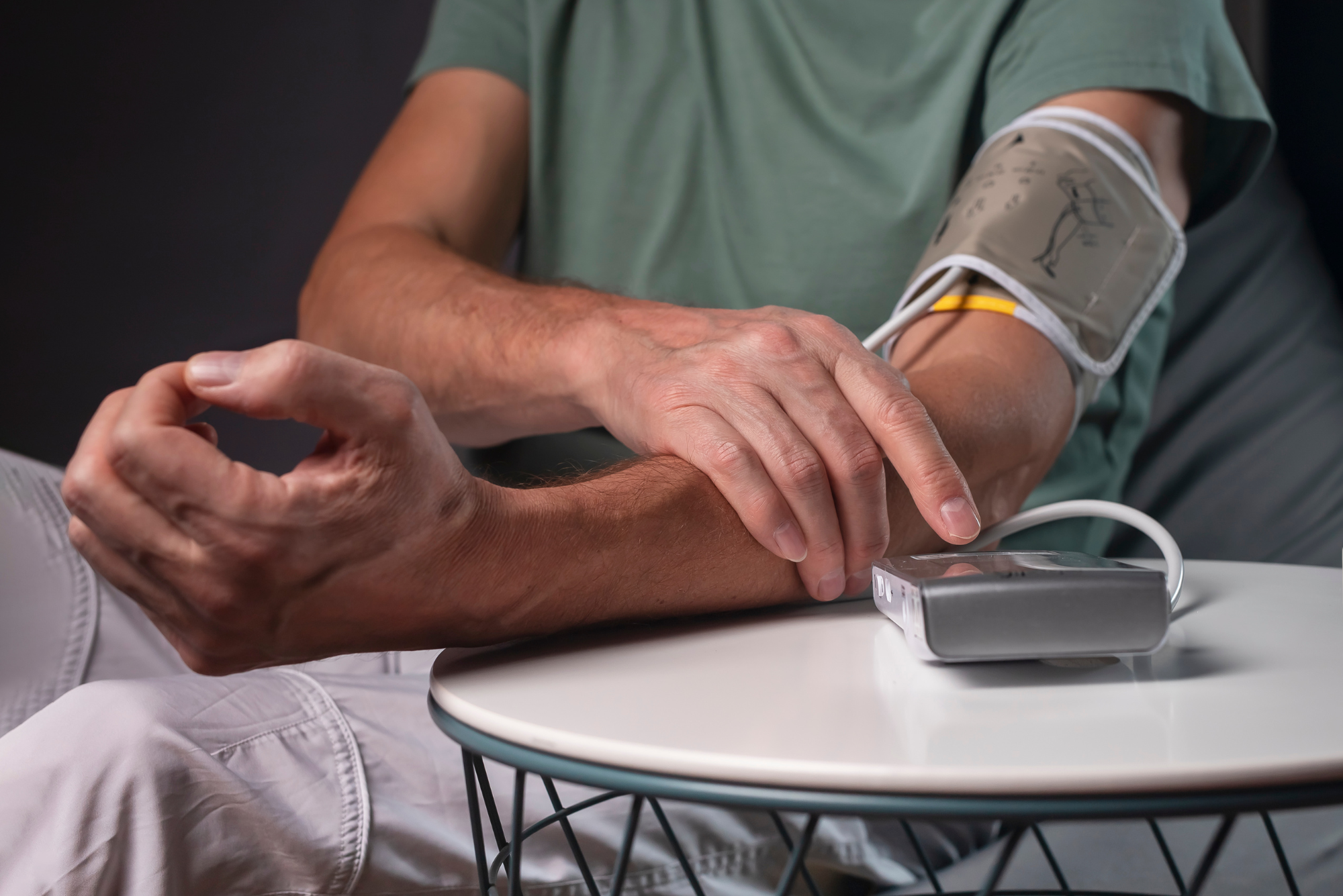Sleep apnea is extremely common. Around a billion adults suffer from obstructive sleep apnea (OSA), and 80–90% of those cases remain undiagnosed.
OSA is a tip-of-the-iceberg illness, meaning many symptoms don’t seem noteworthy until they lead to more serious, dangerous conditions.
Today, I’m discussing what OSA is, what it looks like, and how to diagnose and treat it.
What Is Obstructive Sleep Apnea?
Everyone knows sleep is important for our health.
In deeper sleep stages, the muscles relax, including those in the back of the throat. Sometimes, the soft tissue there is floppy, either through heredity or because of excess weight. When the muscles relax, that floppy tissue briefly obstructs the airway.
When this happens, oxygen levels drop, and the brain signals the body to wake up. Although you may not wake up entirely, this cycle prevents you from remaining in deeper sleep stages.
Over time, this cycle of lost deep sleep causes hemodynamic changes that put you at greater risk for:
- High blood pressure
- Stroke
- Cardiovascular disease
- Memory loss
How Do You Know You Have Sleep Apnea?
A sleeping partner will become aware of a patient’s sleep apnea if they hear loud snoring and breathing pauses followed by gasping for breath. Other times, the patient experiences excessive fatigue, mental fog, and headaches, or feels unrefreshed upon waking.
In the long term, the lack of oxygen can also cause memory issues.
OSA Is the Tip of the Iceberg
On the surface, obstructive sleep apnea manifests as snoring or fatigue, which is nothing more than an inconvenience.
In reality, OSA can lead to more dangerous issues, including:
- High blood pressure
- Stroke
- Heart attack
- Cardiovascular disease
- Memory loss
- Increased risk of motor vehicle accidents due to fatigue
- An angry, sleep-deprived spouse
Never ignore the symptoms of sleep apnea.
Risk Factors of OSA
Risk factors for sleep apnea include:
- Being overweight
- Certain anatomy, like jaw structure, having a thicker neck, or having larger tonsils and adenoids
Although you can’t prevent heredity, losing 10% of your body weight can significantly improve sleep apnea symptoms if you’re overweight.
Some doctors recommend tonsillectomies, but surgery isn’t often the best solution for sleep apnea. It’s painful and tends not to be very successful.
Available Treatments
Don’t wait until you’re exhausted and experiencing severe symptoms to pursue help. If your partner notices apneic episodes, talk to your doctor. They’ll schedule a sleep study to confirm.
Once you’re diagnosed, your doctor will likely recommend you lose some weight.
A continuous positive airway pressure (CPAP) machine is another standard treatment for sleep apnea. Many people can find a mask that works for them and feel much better once they do. For those who can’t tolerate it, there are other options.
Dentists have created oral appliances that adjust your lower jaw forward just enough that when you relax into sleep, your airway isn’t obstructed. These appliances are effective for some patients.
Another option is a hypoglossal nerve stimulation implant. This is an excellent option for patients with sleep apnea who aren’t overweight. Two of my patients have them and are very happy with them.
Sleep apnea-correcting pillows are a solution for people who only suffer from sleep apnea when lying on their backs. The pillows keep the patient from rolling onto their back during sleep, preventing the position that causes OSA.
Finally, playing the didgeridoo (an aboriginal wind instrument that uses circular breathing) can effectively treat OSA, according to a study conducted in 2006. You can pick up a new hobby and treat your sleep apnea simultaneously.
Today’s Takeaways
Don’t be the Titanic. When you see the tip of the iceberg, don’t wait to take action. Talk to your doctor and schedule a sleep study. Sleep (and your health) is too important to risk.
We’re here when you need us. Just give us a call.

Waheeda Hiller, MD
For over 20 years in Internal Medicine, Dr. Hiller has dedicated herself to providing unparalleled care to patients. She joined Banner Peak Health in 2023 as a concierge physician to better serve patients with the depth of thought, knowledge, and compassionate care they need to live the healthiest lives possible.





